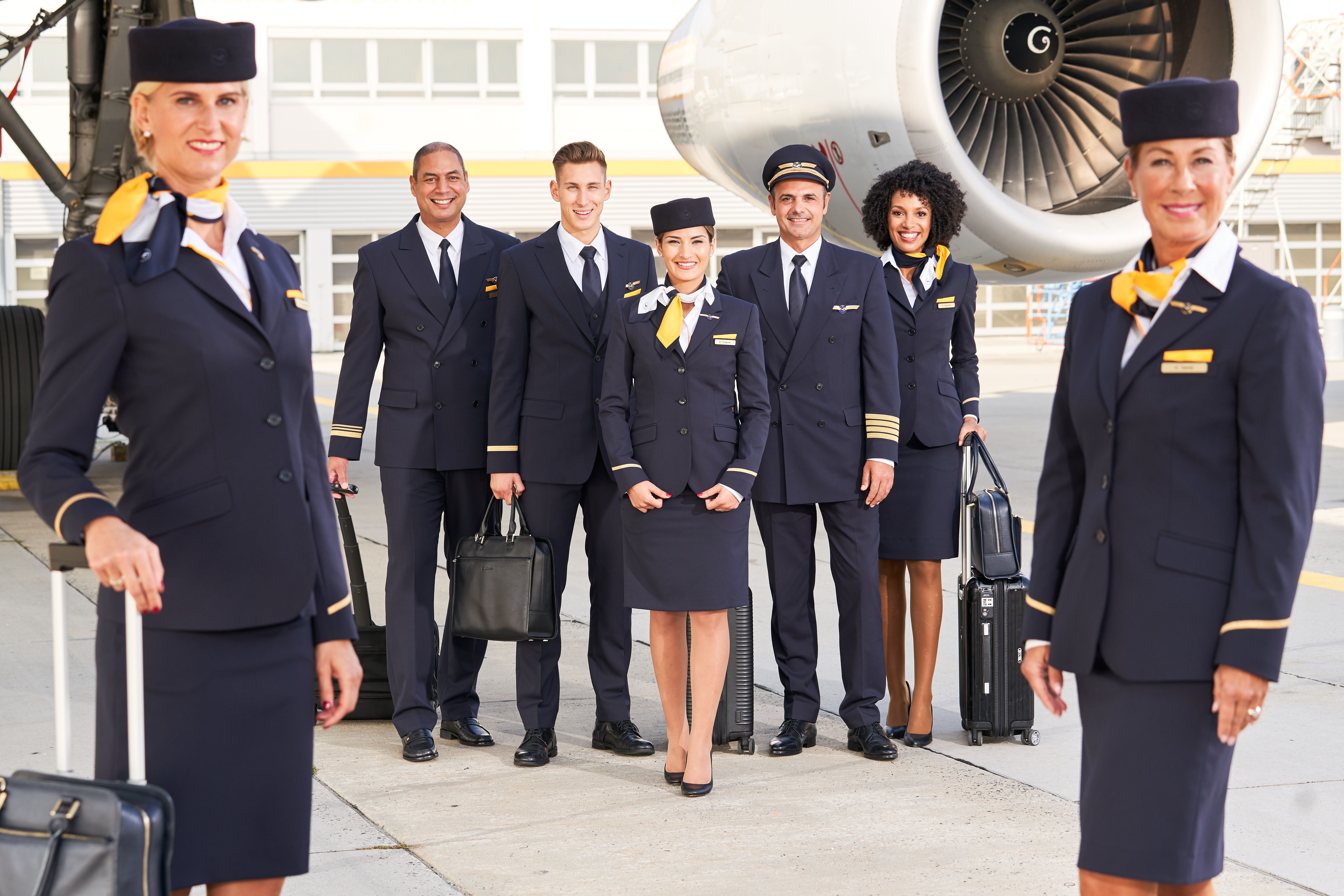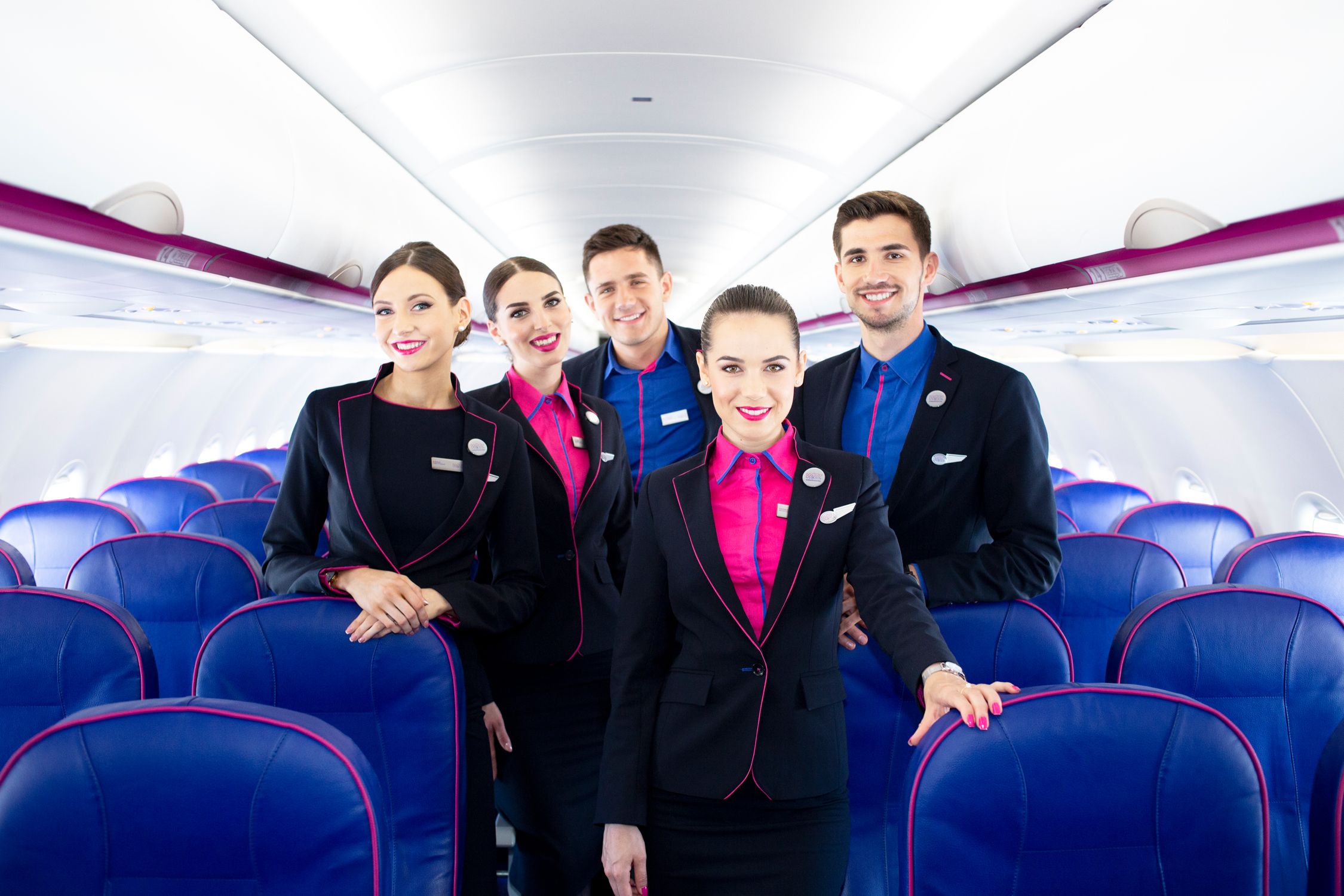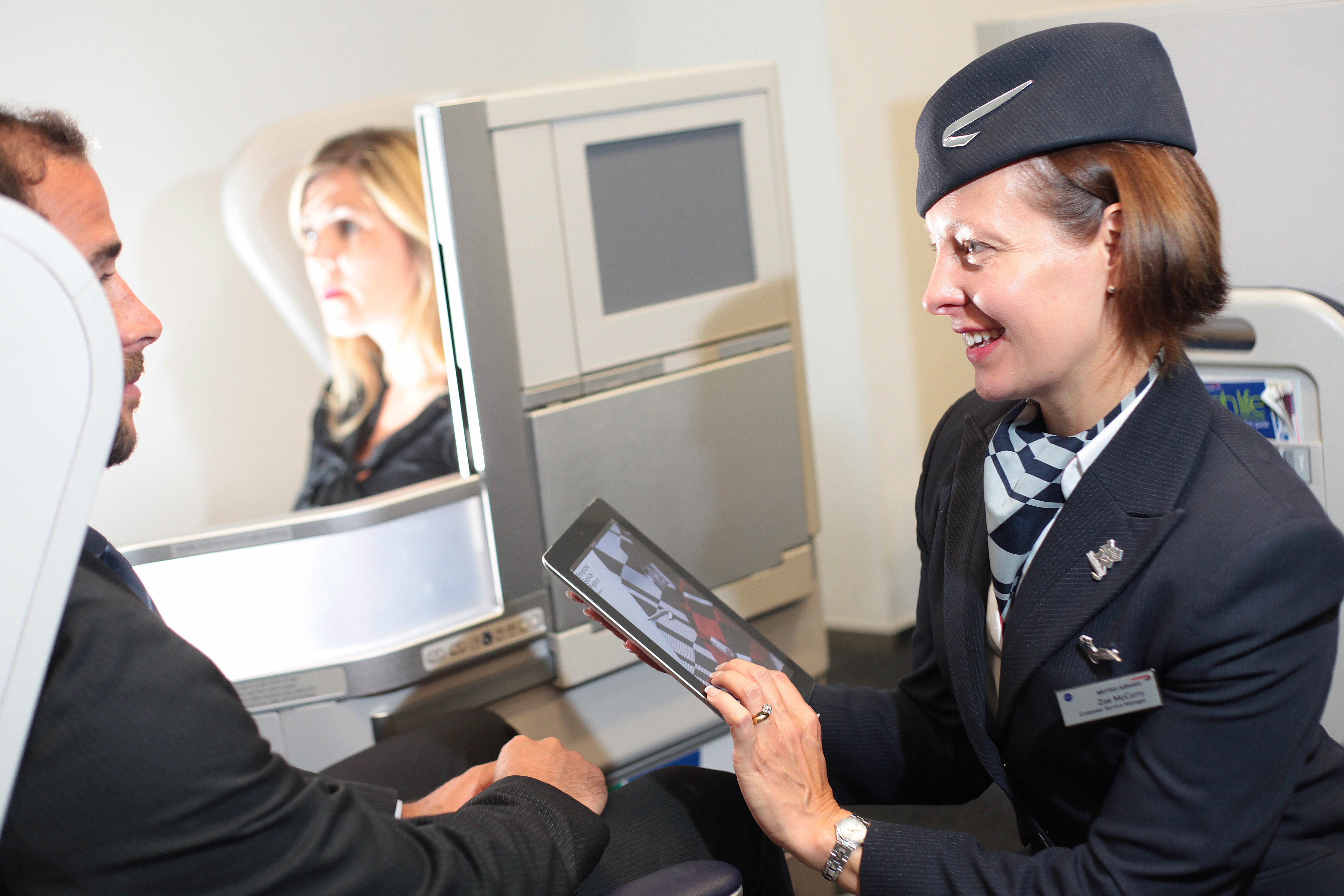We often hear about the purser onboard a flight, but what does the role actually entail? The purser is a fully trained cabin crew member who also takes on additional management responsibilities and tasks. This article explores the role and its interesting origins further.
What is the purser?
Every commercial flight will have a purser as part of the cabin crew team. Some airlines may use a different name, but the purser is essentially in charge of the cabin crew. They also take responsibility for cabin safety, passenger experience, and much of the flight paperwork. Pursers will often rise through cabin crew and will always be fully trained and qualified flight attendants.
To qualify as a purser, each airline has different policies. Usually, one must be a crew member for five to ten years before applying to become a purser. Notably, the purser may not always be the seniormost crew member onboard, with Customer Service Directors or Inflight Service Managers being the authority on all matters, also known as a chief purser.
Depending on the aircraft capacity, flight length, and size of the cabin crew, there could be multiple pursers involved. For example, a chief purser could take lead responsibility, with other purses heading up separate classes or cabins. So what exactly does a purser do?
The role of the purser
Pursers take on additional roles over that of the normal cabin crew. The exact tasks the purser is responsible for will vary between airlines, regions, and types of flight. Here's how KLM explains its purser roles,
"The purser’s duties begin before the flight. They will review flight and passenger information, consider any special requirements, and coordinate with the airport gate and boarding team as required. They will also assign cabin crew roles for the flight."
Once onboard, the purser conducts all announcements over the PA system and updates the pilots on any information that they should know from the cabin. When working with passengers, they are in charge of ensuring landing cards are handed out, and keeping travelers abreast of any changes in flight time, upcoming turbulence, and meal services.
However, the purser also ensures that any misbehaving passengers are dealt with adequately and any heated situations are resolved calmly. In the worst cases, the purser can also recommend a passenger be removed from the aircraft for their actions in air rage cases.
Finally, they will take responsibility for many of the administrative tasks during and after the flight. This could include recording in-flight sales, reporting cabin problems or defects, and completing crew documentation or comments.
Get the latest aviation news straight to your inbox: Sign up for our newsletters today.
Where are the origins of the term?
The term “purser” has been used much longer than “cabin crew." Like many things in aviation, it has its origins in maritime heritage. A ship’s purser was traditionally the person responsible for handling money on the ship. This role also evolved to take on responsibility for other crew members, including ship stewards and cooks. The role remains on modern ships today. Although, with large passenger ships, a purser’s office with a team of people is more likely. This office still takes on responsibility for monetary management onboard.
On flights, the term 'purser' has also stuck around to mention the seniormost crew onboard. However, it has also evolved to names such as inflight service manager and more depending on the role. On your next flight, be sure to say hello to your purser as well!
Next time you hear the purser introduce themselves, you will know more about the role and responsibilities. Are you a purser with an airline? We would love to hear your input.



